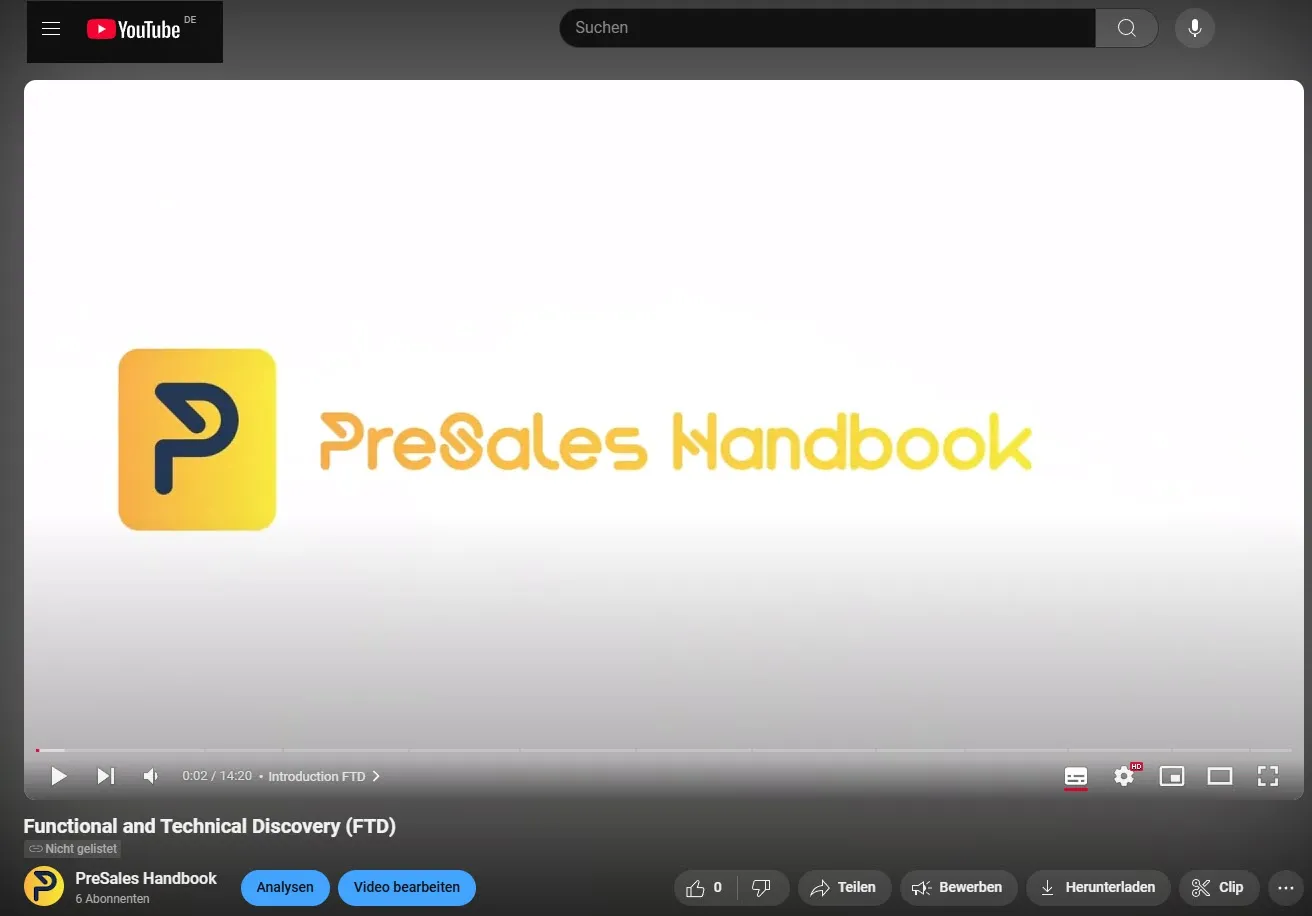Close Lost
Stage Goals
In the Closed Qualified Out and Closed Lost stages, opportunities that have not resulted in a sale are closed, either because they were deemed not a fit for the foreseeable future because the deal was lost to a competitor, or due to other reasons. The focus at this stage is on learning from these outcomes, analysing the reasons behind them, and setting up follow-up tasks for potential future opportunities.
Best Practices
Understand the Loss:
Reason for Loss: Price, product fit, timing, competition, or lack of internal champion?
Stakeholder Dynamics: Were you engaging with the right decision-makers?
Timing: Did delays or rushed processes affect the outcome?
Document Key Findings:
Use an Opportunity Scoping Document (OSD) to summarize the history of the deal, including discovery notes, challenges, proposed solutions, and decision timelines.
Feedback from the Prospect:
Conduct a Interview: Ask open-ended questions to understand their decision-making process:
“What factors influenced your decision?”
“What could we have done better?”
“How did our solution compare to the chosen one?”
Keep the tone neutral and focused on learning, not challenging their choice.
Internal Team Debrief:
- Gather input from all internal stakeholders who worked on the deal (Sales, PreSales, Product, etc.) to:
- Identify gaps in process or communication.
- Review demo and proposal quality.
- Evaluate internal alignment on strategy.
Competitive Analysis:
Determine the competitor’s strengths that resonated with the customer (pricing, features, delivery time, etc.).
Map the competitor’s perceived value to customer needs.
Do´s and Dont´s
Responsibilities & Tasks
Sales
(ASD/SD)
- Update CRM: Update your CRM system (e.g., Salesforce) to reflect the Closed Qualified Out or Closed Lost status, along with relevant information about the reasons for the loss, competitor information, and any other pertinent details
- Schedule a debrief meeting: Schedule a debrief meeting with the sales team and other involved stakeholders to discuss the reasons behind the loss and gather insights on what could have been done differently.
- Analyze the sales process: Review the entire sales process, from lead generation to closing, to identify any gaps or areas for improvement. Consider factors such as lead quality, sales team performance, competitive landscape, and the prospect’s decision-making process.
- Gather feedback from the prospect: If possible, reach out to the prospect to gather feedback on their decision not to move forward with your product or service. Understand their concerns, objections, and reasons for choosing an alternative solution. This information can provide valuable insights for future sales efforts.
- Identify trends and patterns: Analyze the win/loss data across multiple deals to identify trends and patterns that may indicate weaknesses in your sales process, product offering, or competitive positioning.
- Develop an action plan: Based on the insights gathered from the Win/Loss Analysis, develop an action plan to address identified issues and improve your sales process. This may include changes to your sales approach, product enhancements, or adjustments to your pricing strategy.
- Share insights and implement changes: Communicate the findings and action plan to the sales team and other relevant stakeholders. Ensure that the necessary changes are implemented and monitored for effectiveness.
- Monitor results and iterate: Continuously monitor the results of your sales efforts and the impact of any changes made based on the Win/Loss Analysis. Be prepared to iterate and adjust your approach as needed to maximize success.
- Document lessons learned: Document the lessons learned from the Win/Loss Analysis to build a knowledge base that can be used to train and develop the sales team.
- Maintain a relationship with the prospect: Even though the deal was lost, maintain a professional relationship with the prospect. Keep them informed about any product updates or improvements that may address their concerns and revisit the opportunity when the timing is more appropriate.
PreSales
(SC)
Professional Service (PS)
Product Management (PM)
- Document lessons learned: Document the lessons learned from the Win/Loss Analysis to build a knowledge base that can be used to train and develop the sales team
Additional Material
Win-Lost Analysis Overview
Overview
| Attendees (Names and Roles) | Opportunity Stage |
|---|---|
Reason
|
Topic |
Y/N |
Details |
|---|---|---|
| Price | ||
|
Product did not meet requirements |
||
|
Do Nothing |
||
|
Too Complicated |
||
|
Not Ready to Buy |
||
|
No Budget |
||
|
Needs internal socialization |
||
|
Timing (other priorities) |
Additional Questions
| Questions | Answers |
|---|---|
|
Competition who won? Why? Reasons why others have done it better? Technical vs. Price? |
|
|
Social aspects? Relationship? Engagement? Communication |
|
|
Solution What did you like on our offering, solution? What did you not like or like? A lack of fulfillment of customer needs by your solutions |
|
|
Process Where you satisfied with the process? Tools we are using? |
|
|
What product or features were you initially interested in? Was it a good fit from the start? |
|
|
What pain point or problem were you trying to solve? What was your initial perception of this company’s ability to solve that problem? |
|
|
Why did you decide to purchase from this company? Or, why didn’t you? |
|
|
How many people were involved in the decision making process? What does your decision-making process usually look like? |
|
|
What was your perception of the sales team? How was their sales pitch? Did they seem knowledgeable? Were they helpful? What would have improved your perception of the sales team? |
|
|
How did your perception of our company and products change throughout the buying process? What made it better? And what made it worse? |


